
| Theme: Assessment: Written and Feedback | |||
 |
||||||
| Student's feedback on their performance based on summative and formative results - extended by a structured selection using combined performance criteria |
 |
|||||
|
||||||
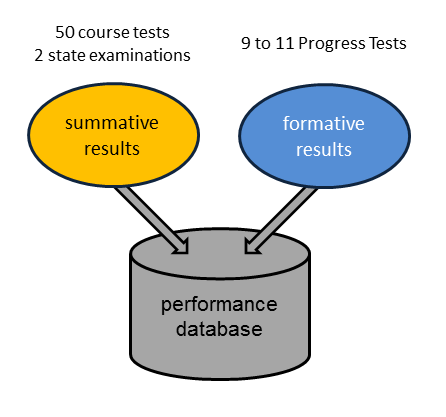
Since 2012, the Aachen medical faculty combines students’ results in both summative (individual course test) and formative tests (Progress Test Medicine, Berlin) to give a better view on the students’ performances. This new visibility of performances points to students’ problems that previously were hard to detect. To identify students which have problems in certain areas, an extensive selection of students and thus focussing on special advisory is helpful.
Each mentor is in charge of approx. 250 students. To be able to handle this large number, lists of students who are in need of assistance are automatically generated to support mentors. Based on these lists, students are invited for individual advisory talks. Students’ strengths can be identified not only on summative data but also based on longitudinal formative data.
Before
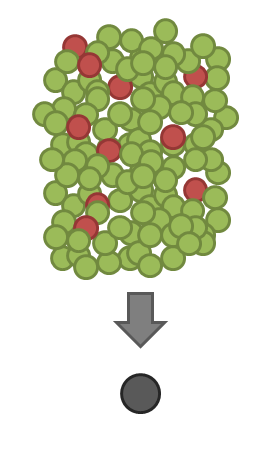
After
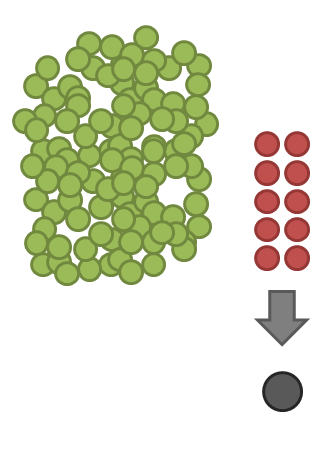
The application of the students’ selection criteria has led to a more specific feedback and to the need of knowledge in very specific aspects of learning, like learning methods, long-time acquisition of knowledge, and exam nerves. As a result, the feedback sessions can be more specific. The new process shows that the workflow needs to be optimized and well documented since additional feedback sessions for the same students are often necessary.
As an example, figures for third year students right before their first state exams are presented.
Analysis of number of attempts
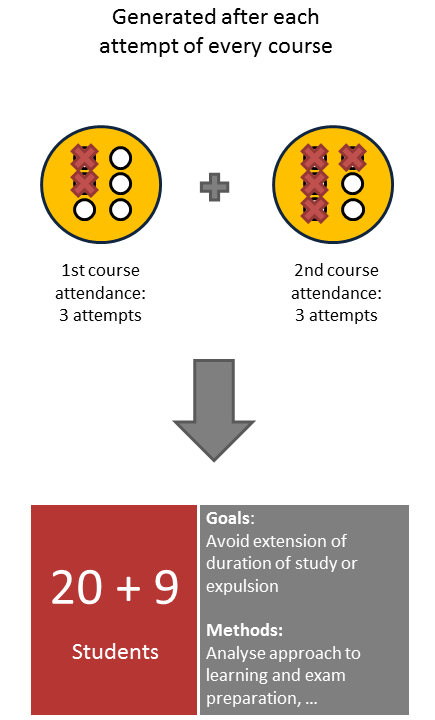
Difference of summative and formative ranks
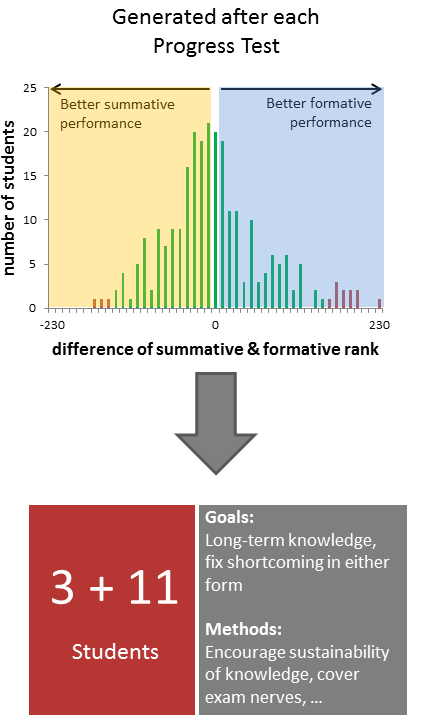
Analysis of combined performance

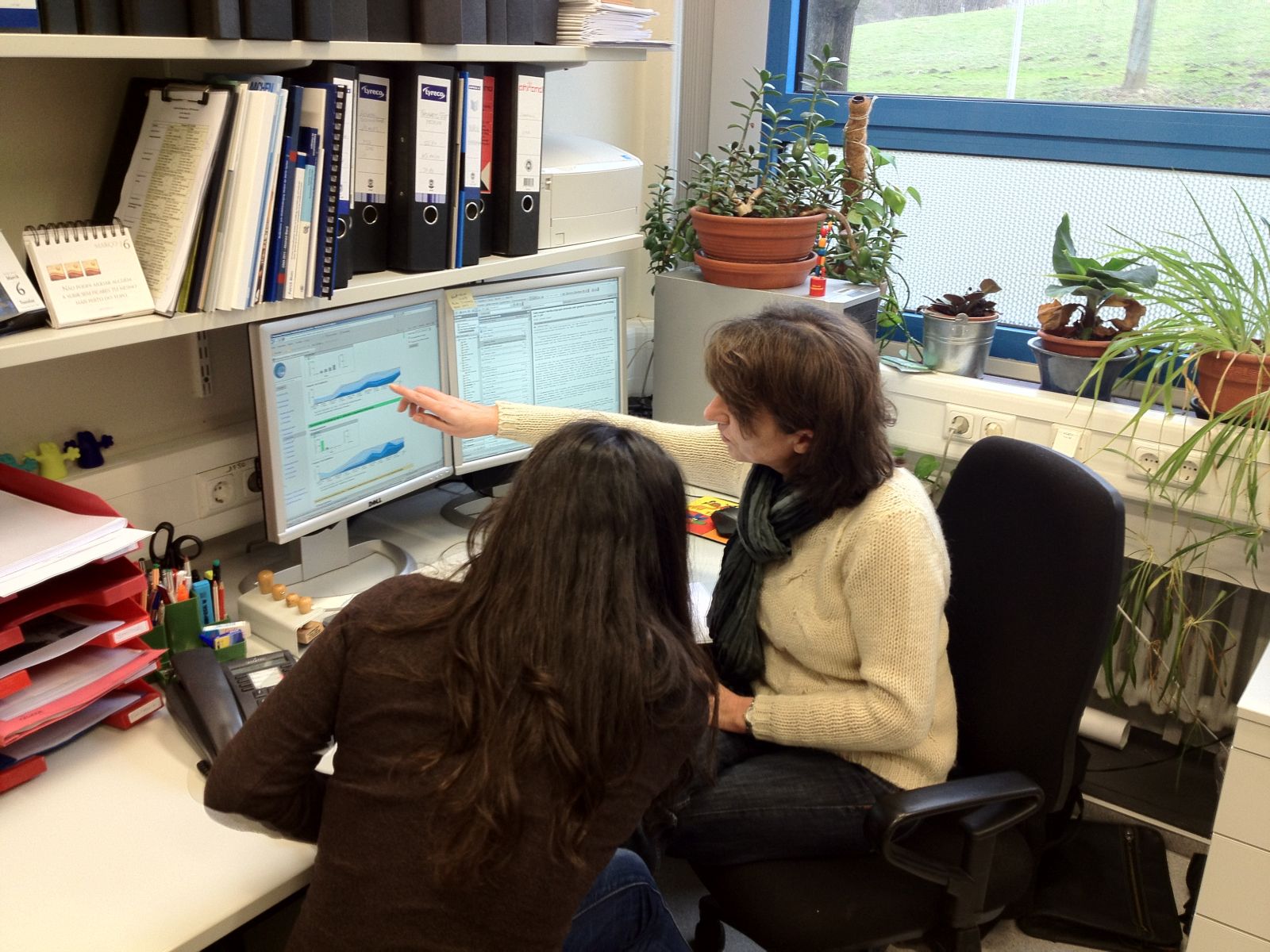 Mentors are able to identify problems early and to analyze problems on a well-founded basis.
Mentors are able to identify problems early and to analyze problems on a well-founded basis.
A more specific selection of students and the active invitation by the deanery of study affairs has a different outcome than self-motivated mentoring. It is also more time-consuming and needs new structures in certain aspects.
However, currently the measurement of benefit for students and the faculty is difficult.
Application of different evaluation criteria enriches the process of students’ feedback, making it more effective yet more time-consuming.

 Send Email
Send Email